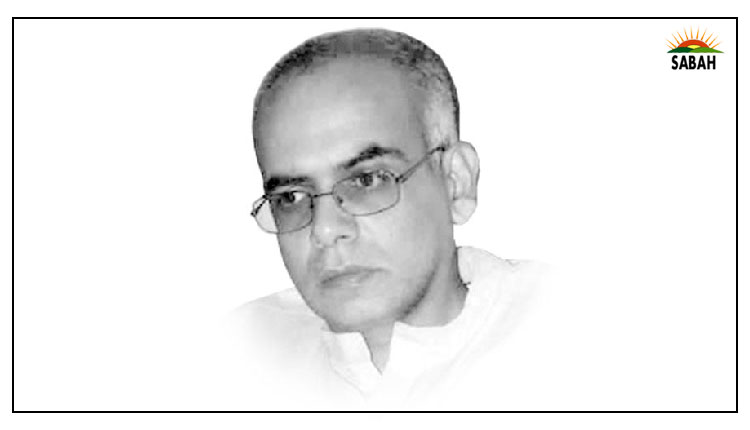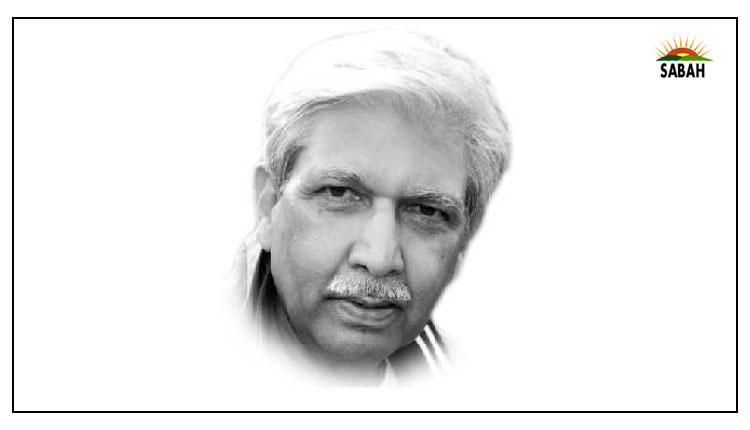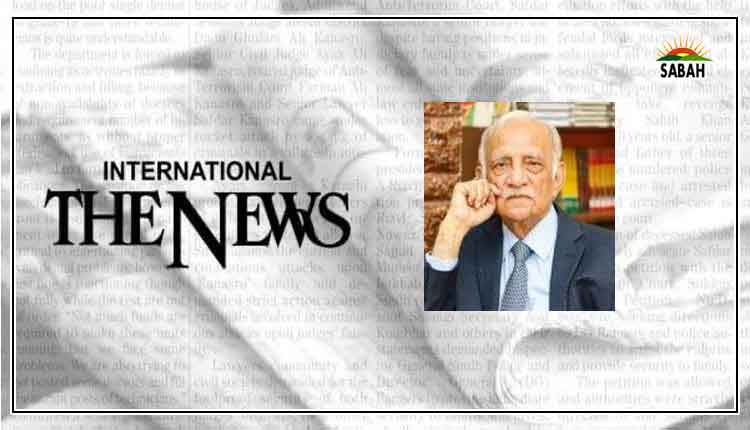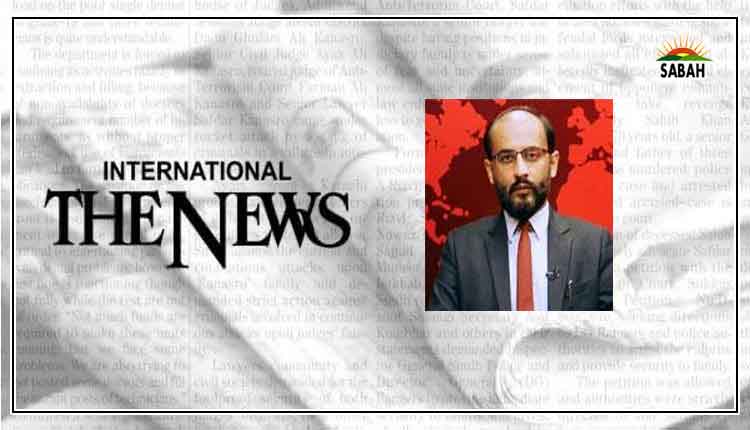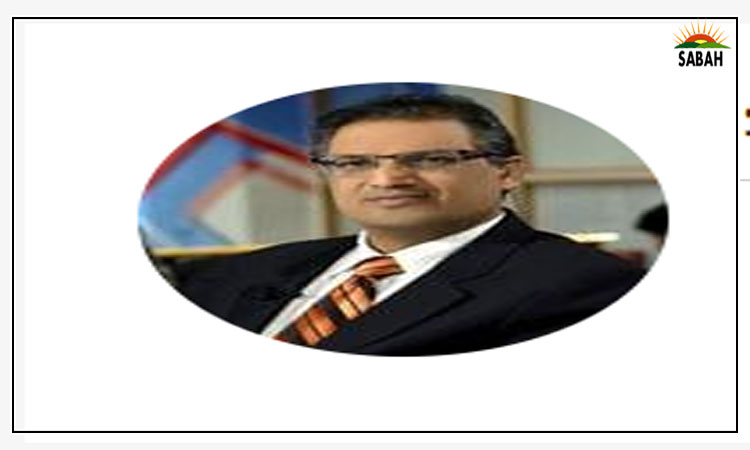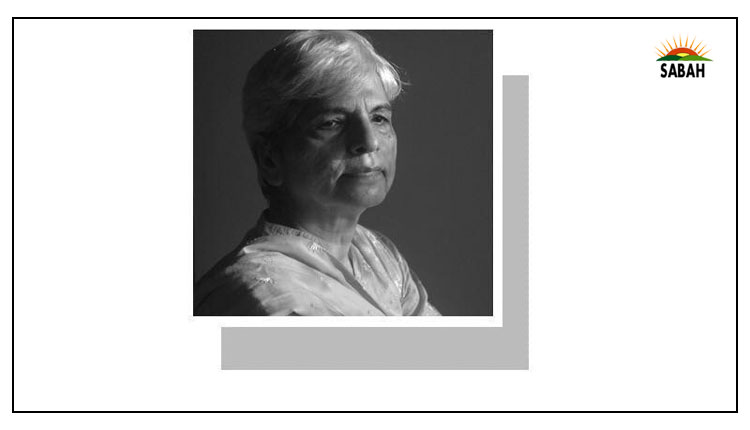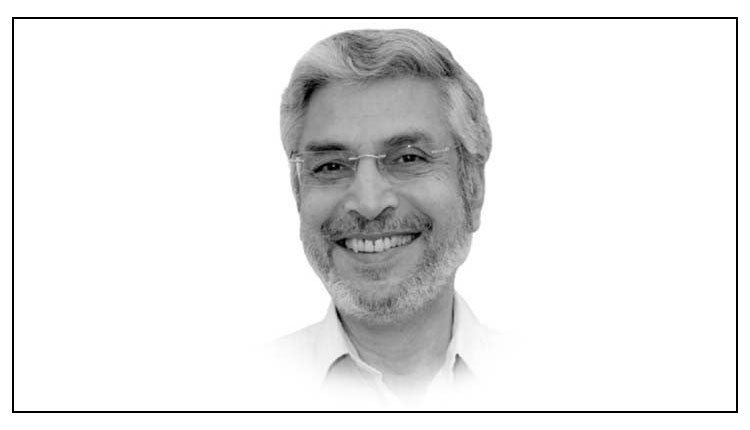The college as provider of higher education…S Zulfiqar Gilani
In Pakistan, higher education is provided both by colleges and universities, but student enrolment is much higher in the former. There are over 3,000 public and private colleges in the country, with the majority in the public sector. For reasons discussed below, the quality of higher education being provided in most colleges is even poorer than the poor education provided by universities, though the vote is out in this regard.
Colleges have evolved in Pakistan in a peculiar manner. In the early years, colleges were established to provide education for years 11 and 12. Over time colleges also started providing years 13 and 14 of education, and students were awarded a bachelors degree (BA or BSc). For further education students would enrol in a university to obtain a two-year masters degree (MA or MSc). However, some colleges also provided MA and/or MSc education. Starting late 2002, some colleges also started providing 15 and 16 years of education and students would be awarded a BS degree by the affiliating university. Thus, there is considerable diversity in this regard, with some provinces, especially Khyber Pakhtunkhwa (K-P), moving towards rationalising matters. Regardless, faculty in many colleges is teaching two years of high school, two and/or four years of undergraduate, and the required years of anything higher. In this scenario, it is not surprising that the quality of pedagogy is mostly that of a school, and higher education is being provided only in name.
Every college is academically affiliated with one or the other public sector university. However, most affiliating universities do not have clear and coherent academic criteria for affiliation. And even the vague affiliation criteria are primarily a fig-leaf of a checklist variety. Further, the provincial government, primarily for political purposes, establishes colleges in the public sector, and the affiliating university is obligated to grant affiliation to those. So, the affiliating university is responsible for ensuring the standards of higher education provided in the public college but has no say in its establishment. Regarding colleges in the private sector, in most cases entrepreneurs within and/or outside universities collude to establish them for financial benefits. Further, besides examinations, affiliating universities do not have any system for subsequently monitoring the quality of education being provided in their affiliated colleges. Theoretically a college can be disaffiliated for poor academic performance, but in practice no public college has ever been disaffiliated by the affiliating university; and whenever a private college is disaffiliated, the reasons are largely financial, political, or personal, and secondarily, if ever, academic.
Academically, affiliation means that the college must teach the affiliating universitys courses. However, course design and development in universities is itself riven with problems, which was described in an earlier article on the Malaise of Public Sector Universities. So, the college faculty is teaching poor courses in which they have had no input, and unsurprisingly which they mostly fail to properly understand, let alone teach well. College students are also examined by the affiliating university, which awards them degrees.
Public colleges are administered by the respective provincial or federal Higher Education, or otherwise named, department, which is headed by a bureaucrat. Therefore, colleges are run like any other government bureaucracy. For example, college faculty is hired by the respective public service commission, much like the hiring of other bureaucrats. Similarly, career progression of faculty is through the same commission, which is primarily based on length of service, and academic performance is a minimal, if at all, a consideration. The appointment of the Principal, Vice Principal, and the other few administrative officers of the college is also the purview of the public service commission and handled similarly.
To summarise, the college as an institution has two distinct and disjunctive parts, the academic and the administrative and financial. The academic side is under an affiliating public sector university which, as described in an earlier article, itself has serious academic challenges. The administrative and financial side is under the provincial bureaucracy, to the malfunctioning of which we are all witness. In this arrangement college faculty, and to a lesser degree the administration, must be Janus-faced, looking to the university for academic matters and a government department for financial and administrative matters: Understandably the latter (pragmatic) considerations overshadow the former (academic).
So, the college is providing higher education in the context of the compromised academics and affiliation system of the affiliating university, and the poor administration of government departments, in this case the education or higher education department. It is therefore no wonder that students receiving higher education in a college is by and large poorer than that received by students in the university with which the college is affiliated. By the same token, although technically the higher degree earned by a college student and the student attending the affiliating university are equivalent, in terms of knowledge, skills, and success in life, in most cases the degree earned by a college student is even more worthless than that earned by a university student.
Courtesy The Express Tribune


